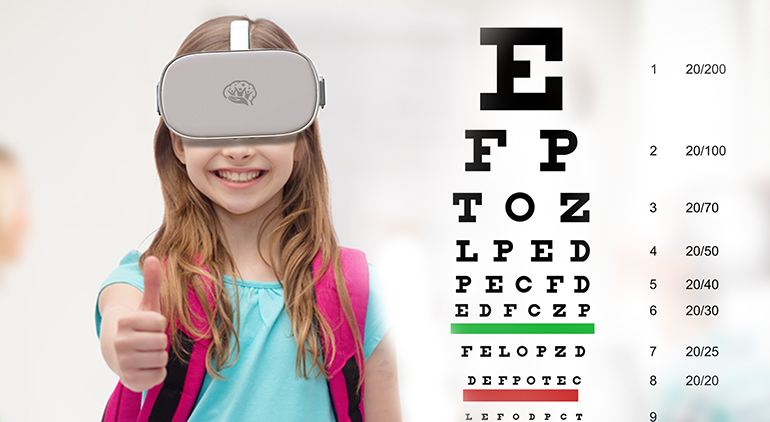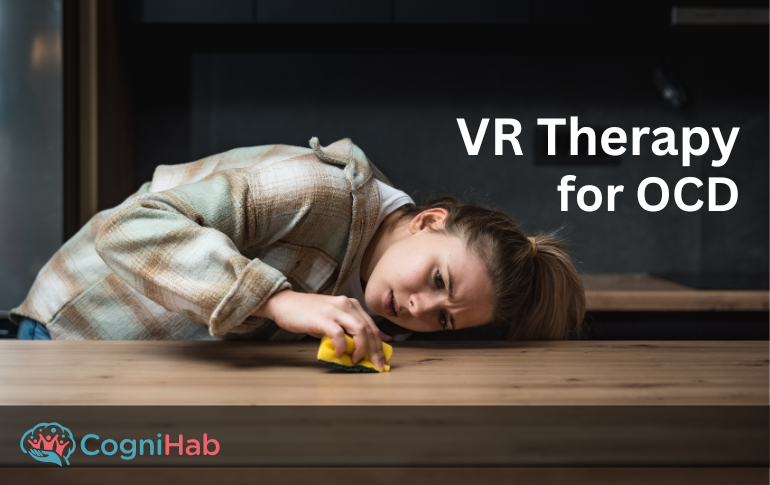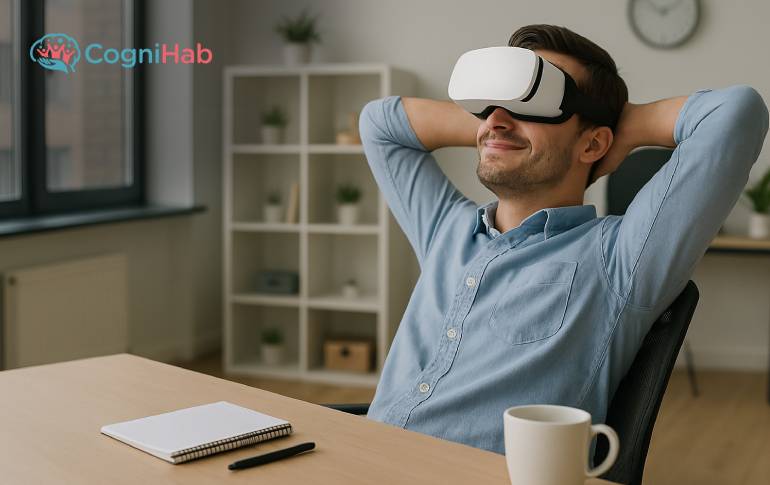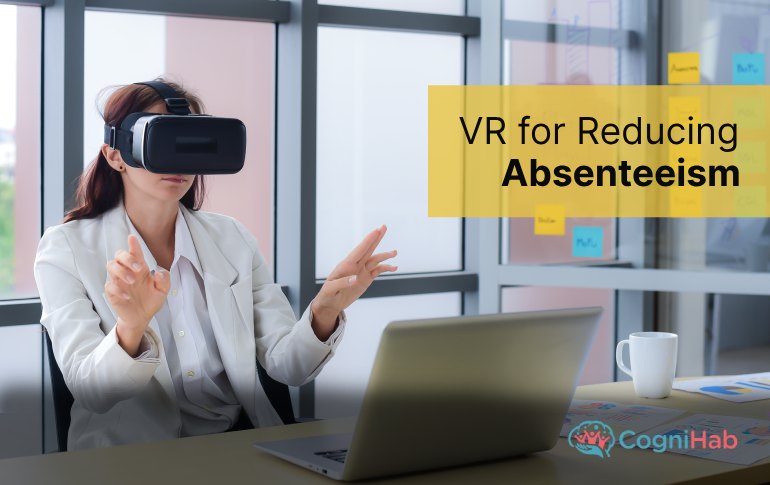VR for Eyecare: Overcoming Convergence Insufficiency Using Virtual Reality
The global vision care market is currently dominated by offerings such as eyeglasses, contact lenses, and intraocular lenses. However, with virtual reality taking over the global healthcare market, the eye care segment is also expected to see aggressive adoption of VR.
- Marketsandmarkets have predicted the vision care market to reach $64 Billion by 2023 from $52 Billion in 2018.
- The CAGR from 2018 to 2023 will be 4.2%.
- Last year, the global VR healthcare market was valued at $ 2 Billion and is expected to have a CAGR of 27.2% from 2021 to 2028 (Grand View Research).
It can be concluded that the healthcare market will greatly benefit from VR and vision care will not be left behind. Increased access to vision care products will boost the market. This is evident from the incremental growth of the virtual reality contact lens market.
- According to Globe News Wire, the VR contact lens market is seeing a CAGR of 70% from 2020 to 2028.
- The market will reach a valuation of $61.39 Billion in 2023.
Coming to convergence insufficiency (CI), over 8% of the global population suffers from this according to population studies. With virtual reality providing a groundbreaking innovation to convergence insufficiency treatment a huge market potential can be observed. To understand this, let us take a look at the science.
VR for CI
According to research conducted at the University of New South Wales in Sydney, Australia, it is found that VR-generated video games are more effective when treating CI.
The research report indicated that the VR-designed vision therapy exercises increase convergence while maintaining clear vision and thus are a better treatment option.
Virtual reality in healthcare has seen widespread acceptance for pain management, training, surgery, rehabilitation, patient management, therapy, and PTSD. Let us look at why acceptance of VR for eye care and particularly CI is not a distant possibility, but a soon-to-be actuality.
Benefits of VR for CI
Virtual reality Vision Therapy is designed to replace the traditional methods of eye problems treatment. VR Vision Therapy instructs the brain to coordinate the eyes and directs the neurons to generate proper signals to the muscles around the eyes.
As the communication between the muscles and eyes is tweaked the symptoms of CI slowly fades away.

It is indicated that the virtual reality (VR) games for eye exercises are designed in such a manner that it enhances the convergence while sustaining single, proper, and stereoscopic vision.
Following are a few reasons why VR Vision Therapy is more effective-
- The therapy can be personalized according to the patient’s needs and response.
- VR headsets allow traditional practices to become portable.
- Virtual reality immerses the patient completely and enhances engagement. Better engagement with the treatment can lead to a better responses from the patient.
- With constant data input being collected by the device, the practitioner can strategically fine-tune the treatment procedures.
- VRET can eliminate the use of drugs and thus minimize the related complications.
Learn more: 7 Reasons why Virtual Reality Vision Therapy is Effective
With these benefits, virtual reality can truly be a game-changer for eye care. Few industry players have already implemented virtual reality in the medical provisions. Let us take a look at a few examples of virtual reality redefining vision care.
With enhanced healthcare systems popping up around the globe, immersive tech will surely be a major driver of growth. VR technology in ophthalmology undoubtedly will be the future. The above-mentioned hospitals have already acknowledged the promise of virtual reality when it comes to eye care. What can we conclude from this?
Summing Up
Virtual reality can help an experienced surgeon operate in the theatre through a trainee using a VR headset and an open field camera. This will skyrocket remote training, bringing more doctors to the field. VR can also help educate the patients or their family members by letting them experience a procedure or its effects beforehand.
VR can also help patients with low vision experience things that were not possible before like visiting a tourist spot. This will help to cure the side effects of lower vision such as depression and isolation.
Bionic eyes, artificial retina, and AI will also rive major changes in the vision care industry along with virtual reality.
At Cognihab, one of the top health tech companies, we acknowledge the importance of immersive eye care and we appreciate its future implications. Our VR-powered Vision Therapy Suite is an innovative solution for a range of vision impairments.







